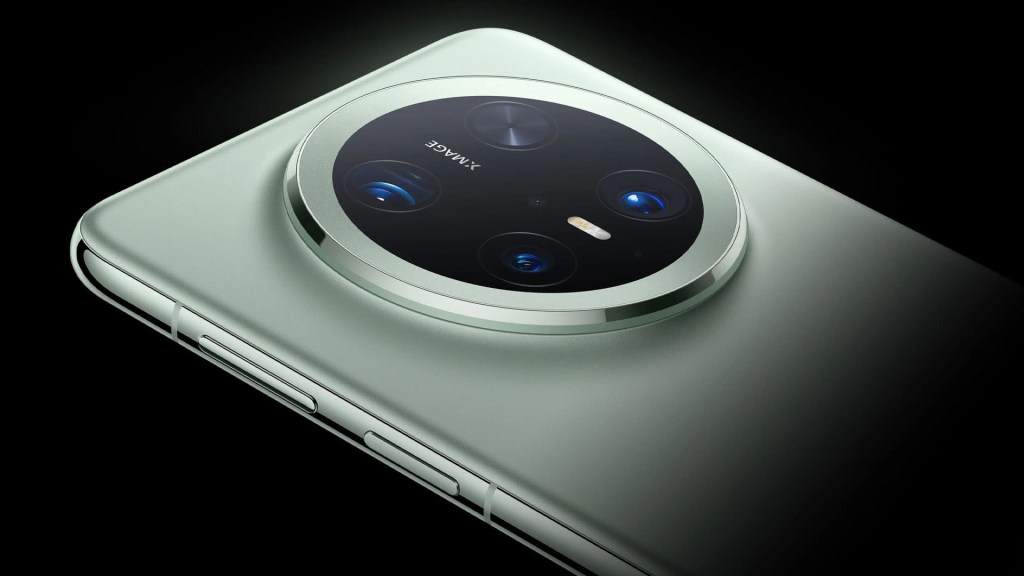Huawei was once angling to be the world’s top smartphone maker, but its meteoric rise was built on Western technology. The company was forced to change course when the US government soured on Chinese megacorporations, but Huawei is still huge in China. The firm has just revealed the Mate 70 series, which it claims are its most powerful phones ever. They also signify Huawei’s break with Android in favor of its proprietary HarmonyOS NEXT, which doesn’t work with Android apps.
The Mate 70 comes in four flavors: the Mate 70, Mate 70 Pro, Mate 70 Pro Plus, and Mate 70 RS. The base model has a 6.7-inch OLED display, a 5,300mAh battery, and 66W fast charging. Huawei always emphasizes camera performance, so even the entry-level Mate 70 sports a 50MP primary camera, a 12MP telephoto, and a 40MP ultrawide. It comes with 12GB of RAM and 256GB of storage for CNY 5,499 (about $758), which would be a very good price in the US market.
The Pro adds features like Wi-Fi 7 and even faster charging. The camera array is also slightly upgraded, but it costs CNY 6,499 ($896). The Pro Plus gets another camera spec bump and 16GB of RAM for CNY 8,499 ($1,172). The Mate 70 RS has the same features as the Pro Plus but adds a titanium case and other premium design elements for CNY 11,999 ($1,654).
Huawei has not discussed the processors inside its new phones. The export controls on Huawei and other Chinese companies blocked them from accessing the latest silicon from manufacturers like TSMC, which has slowed progress. Late last year, Huawei announced a 5nm Arm chip, something US government officials did not think would happen for a few more years. The chip inside this phone could be another surprising upgrade. However, Huawei may be keeping things quiet because the chip is a weak point for its new flagship phones. Reuters reports that at least some versions of the phone will run a Kirin 9100 chip, an 8-core 6nm chip from China’s SMIC.
All four devices can run Huawei’s legacy HarmonyOS, which is based on Android. However, the company is now offering the option to upgrade to HarmonyOS NEXT. This is the software Huawei plans to use going forward, which ends its reliance on Western smartphone technology. Huawei debuted the old HarmonyOS in 2019 shortly after its access to US technology was blocked by the government. This software maintained compatibility with Android apps but relied on the open-source, non-Googley parts of Android. HarmonyOS NEXT is not Android.



